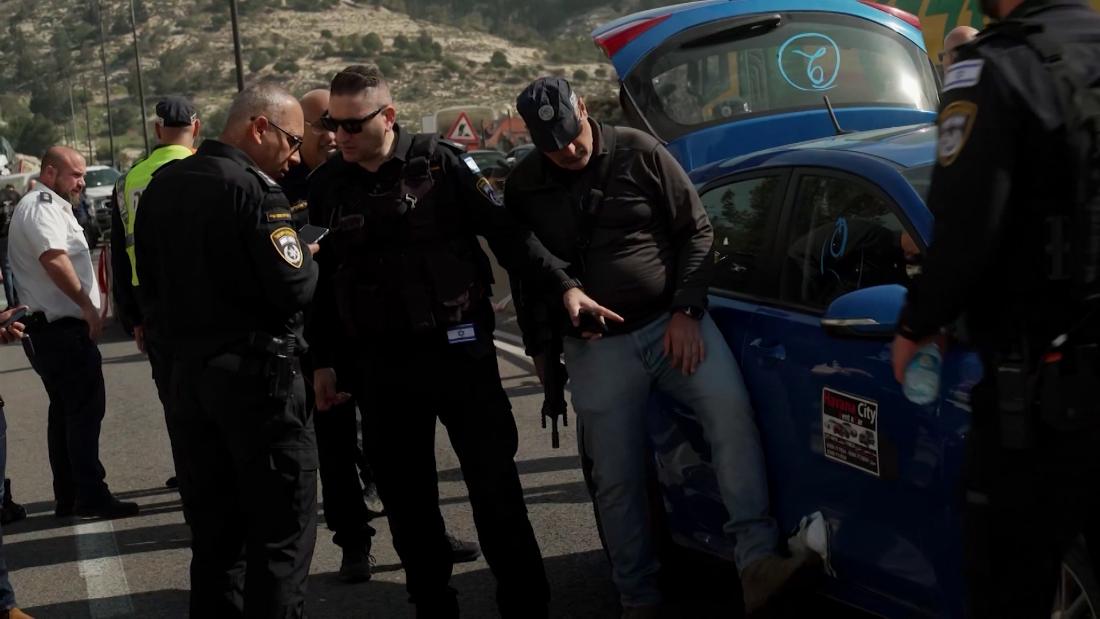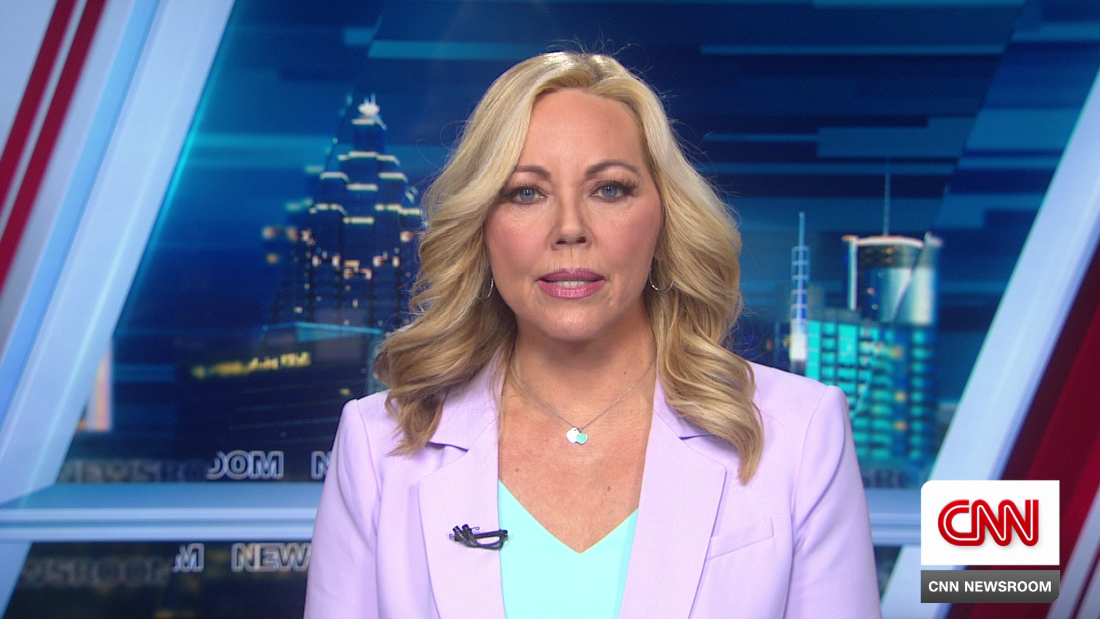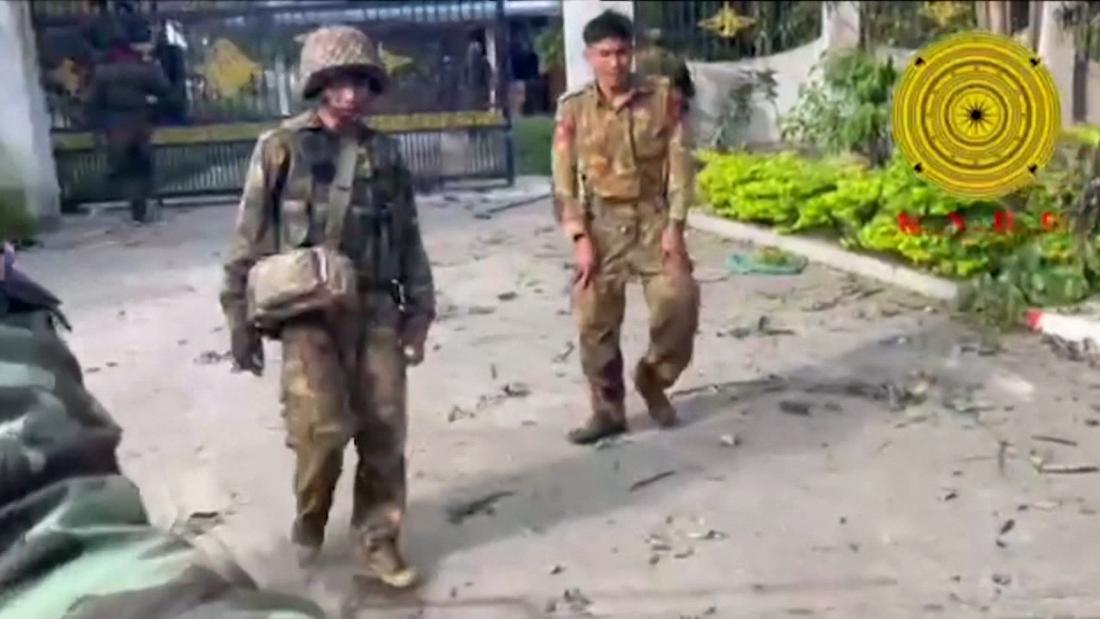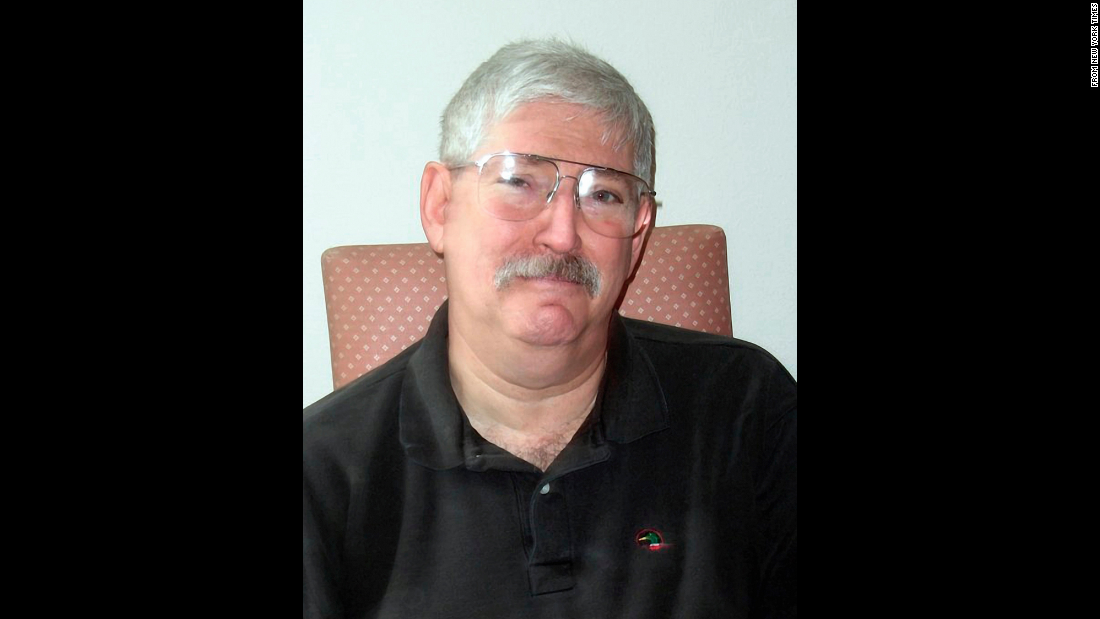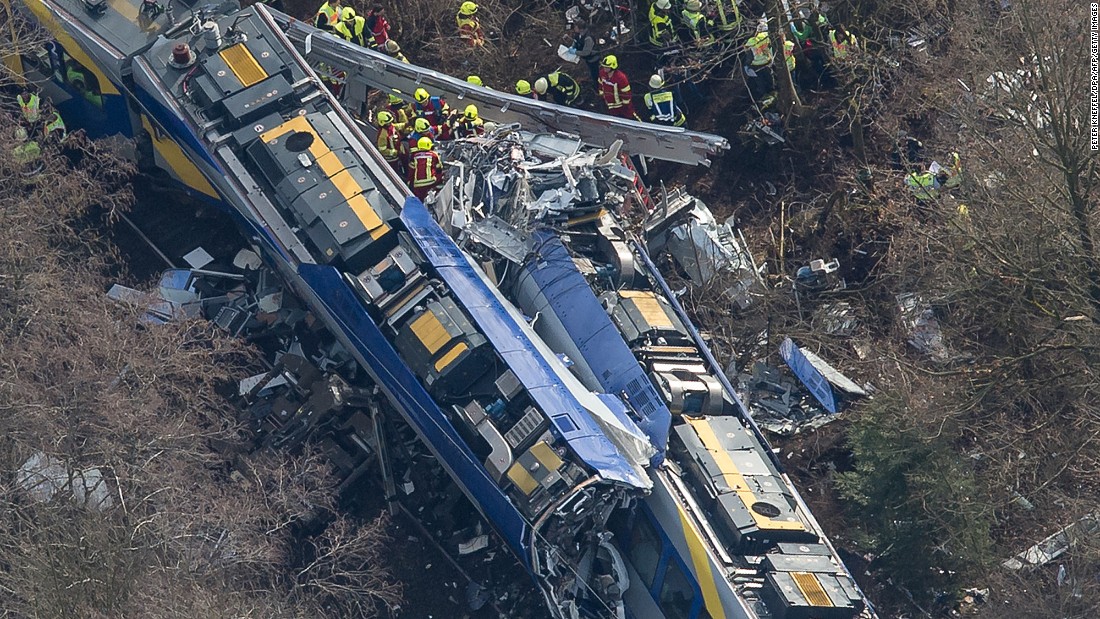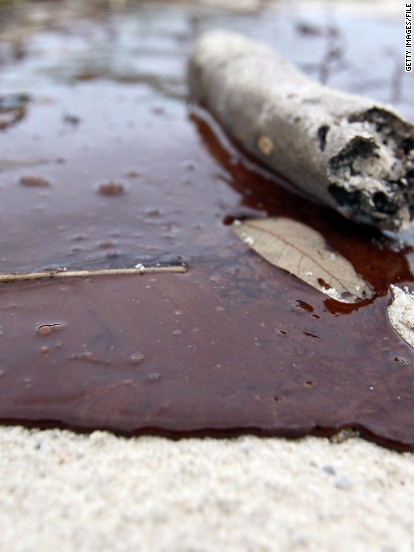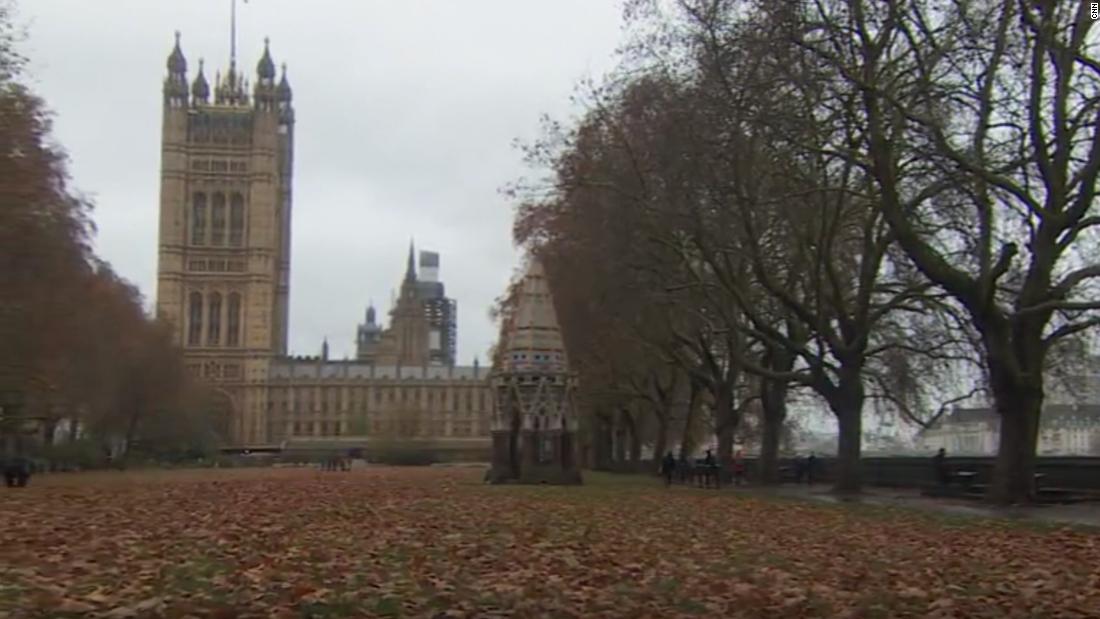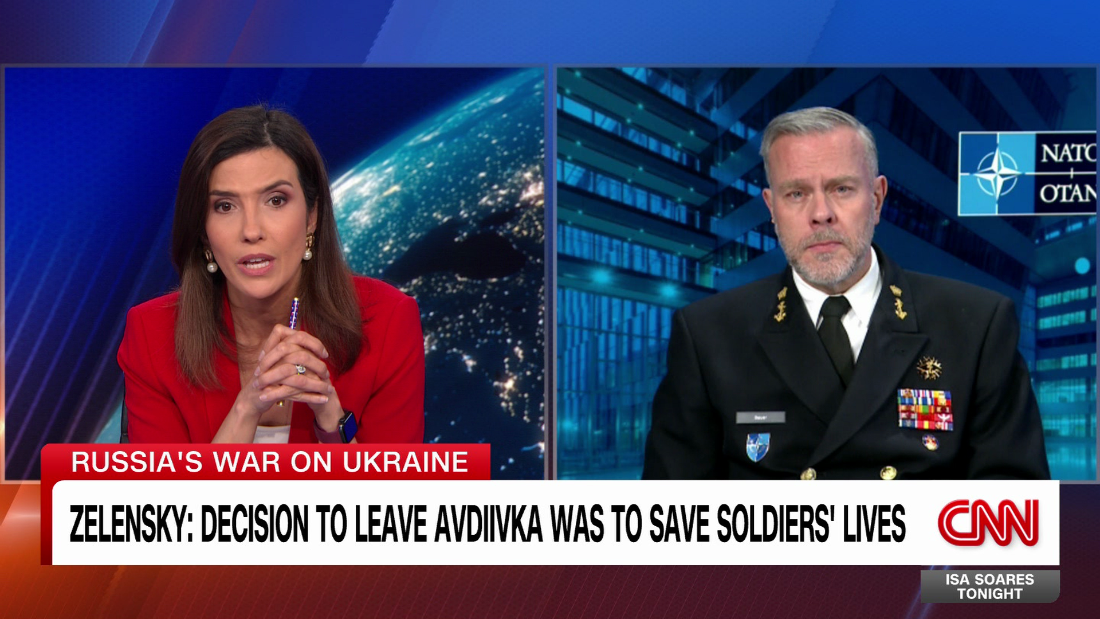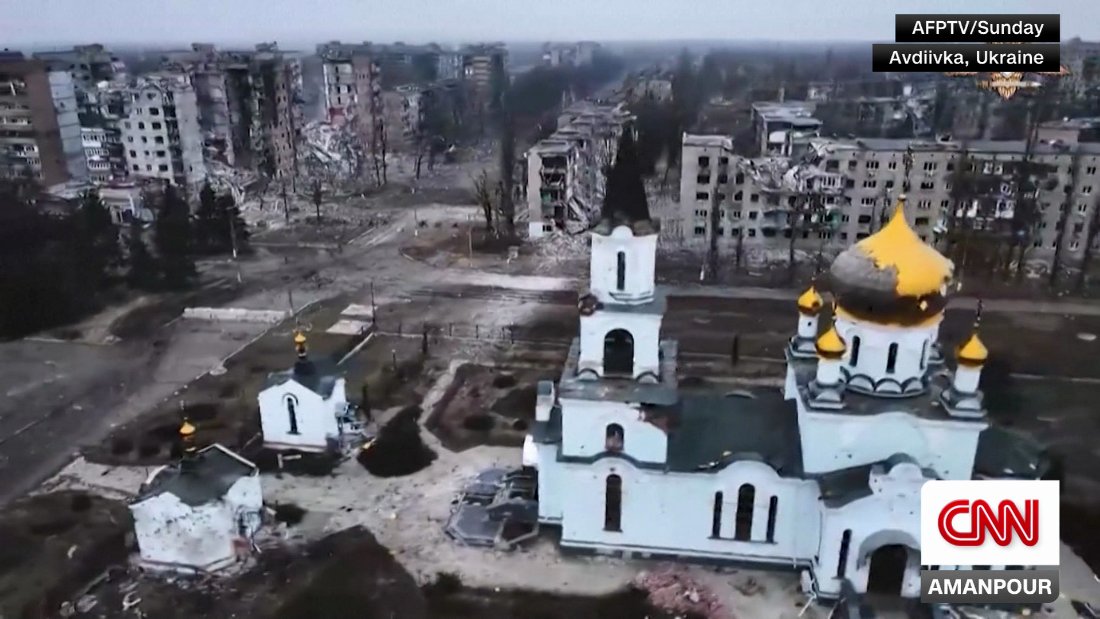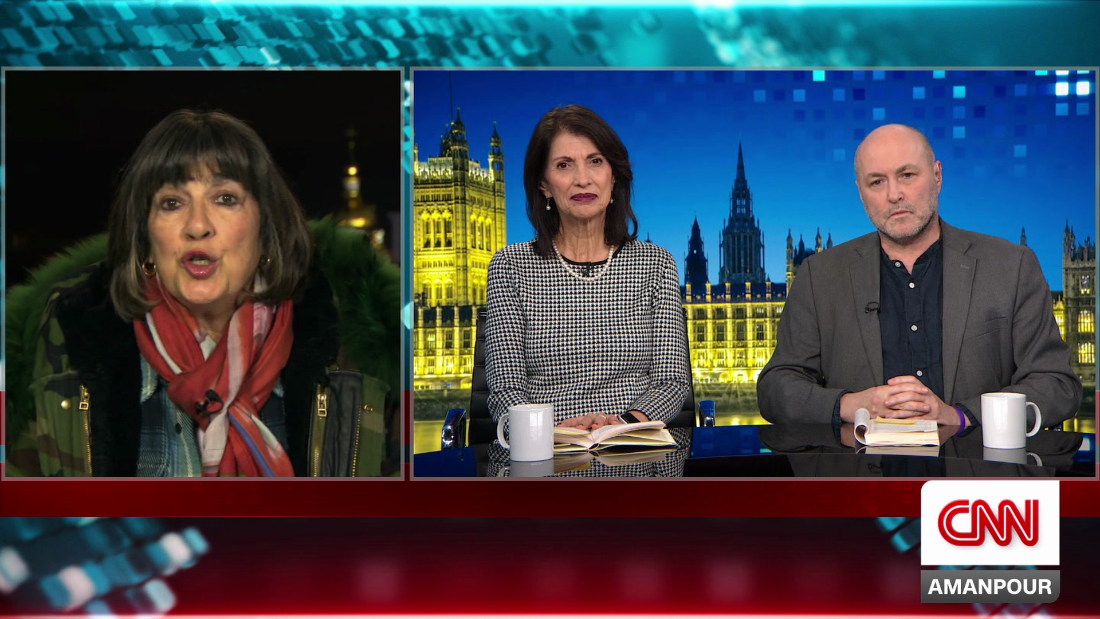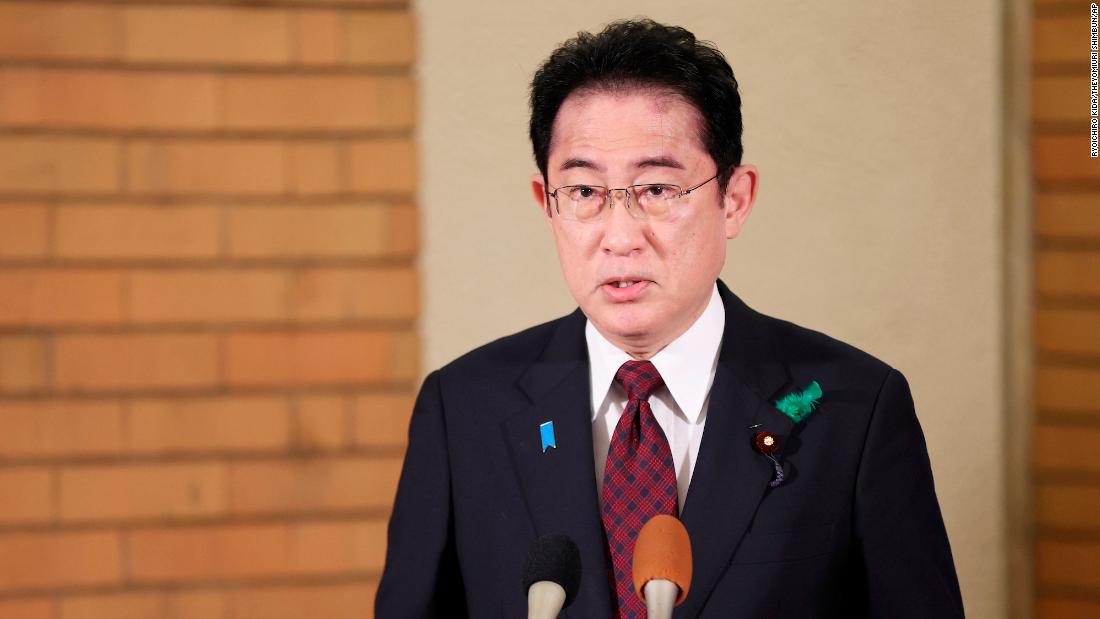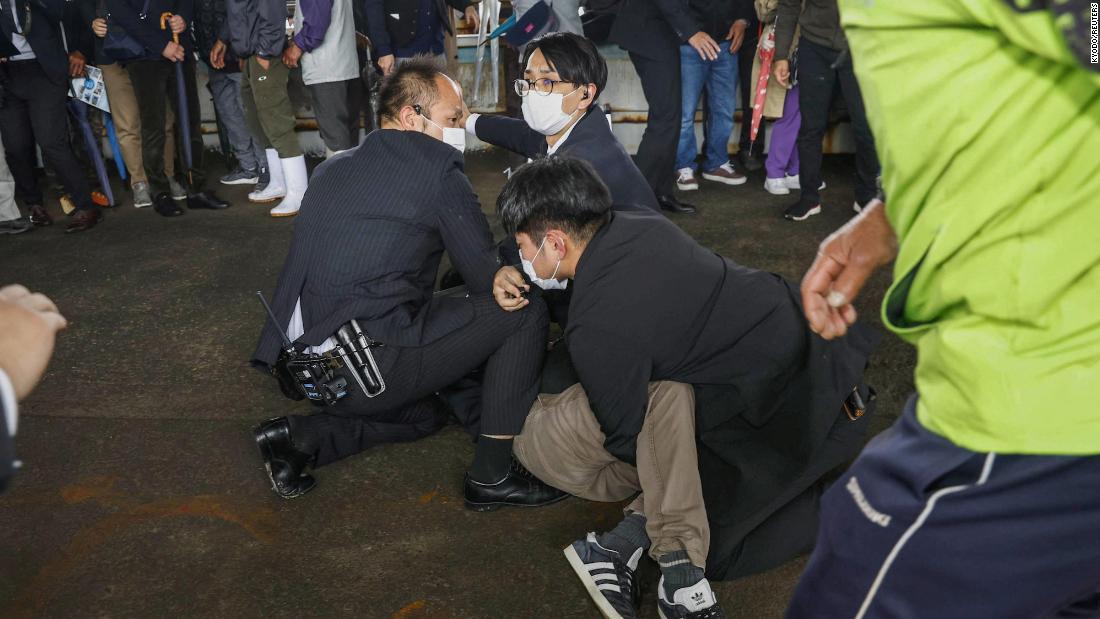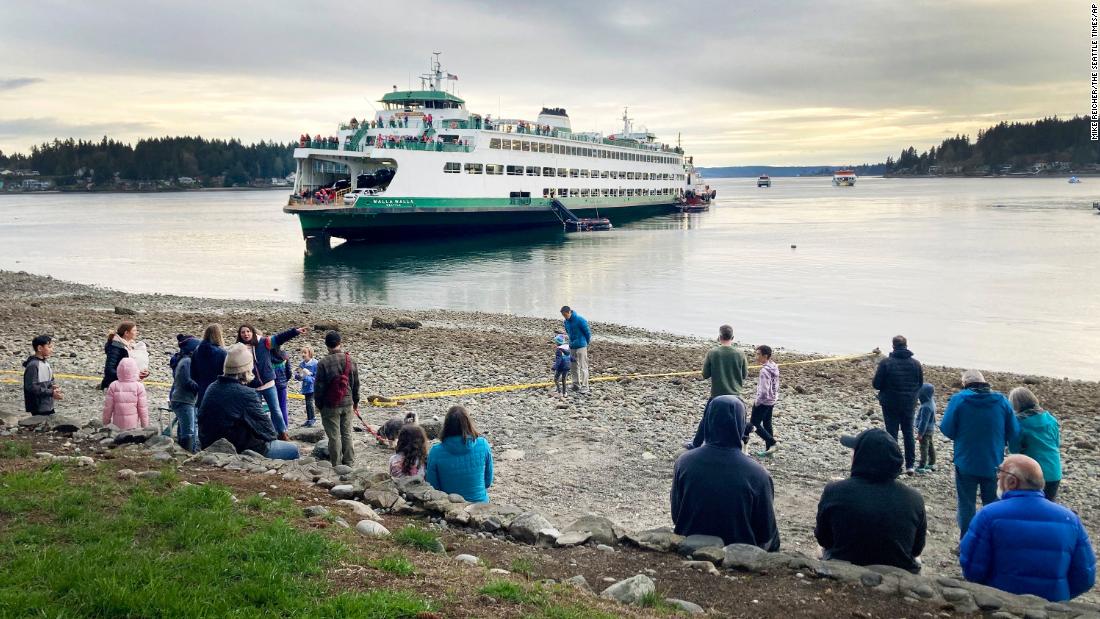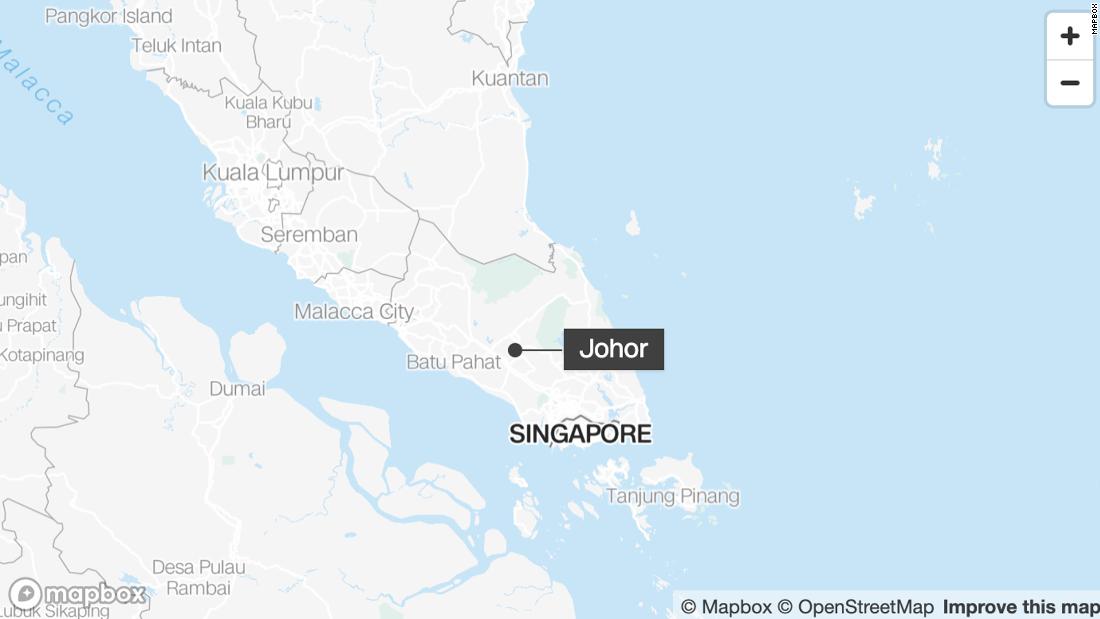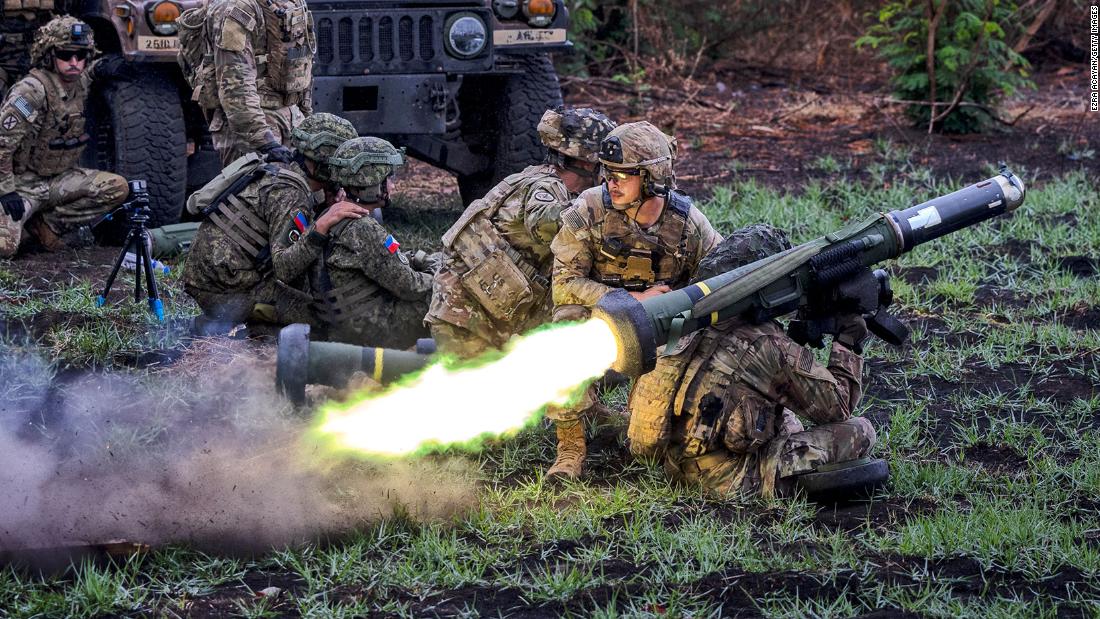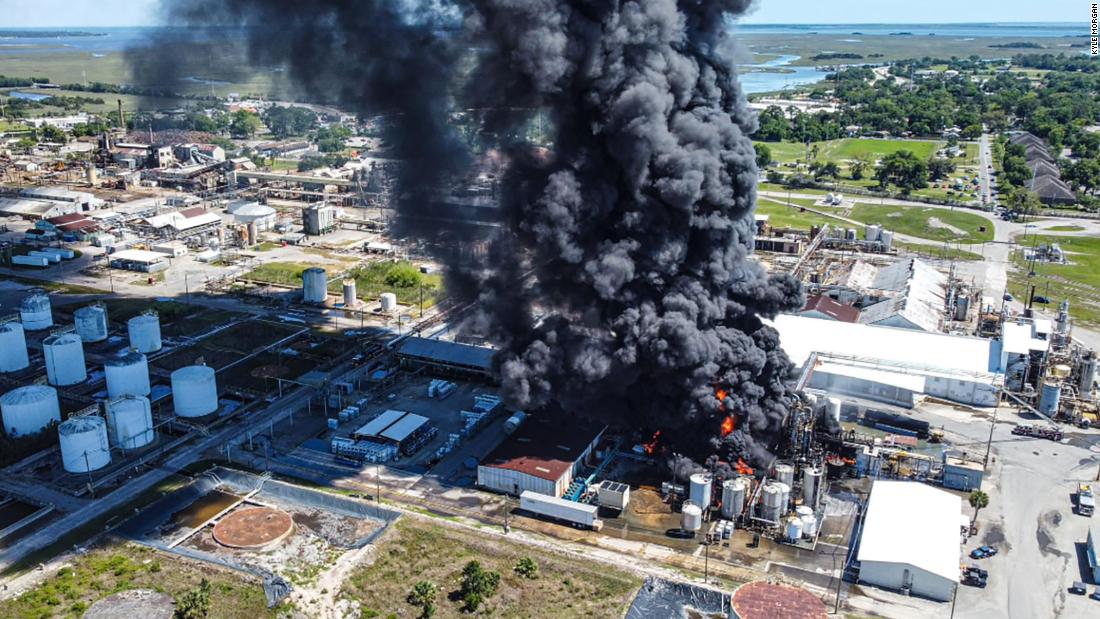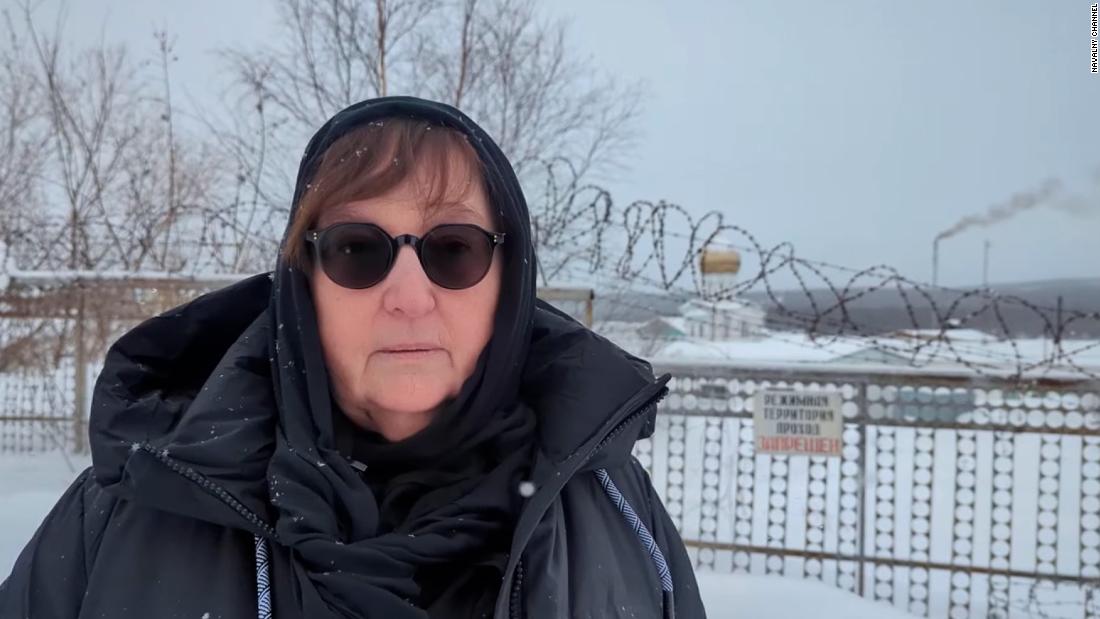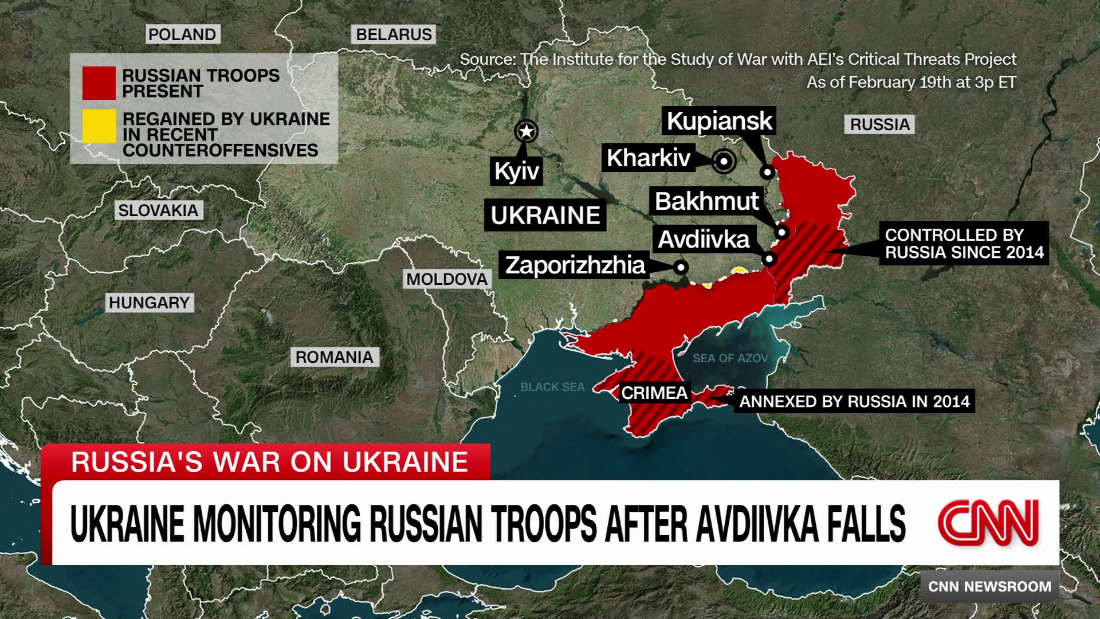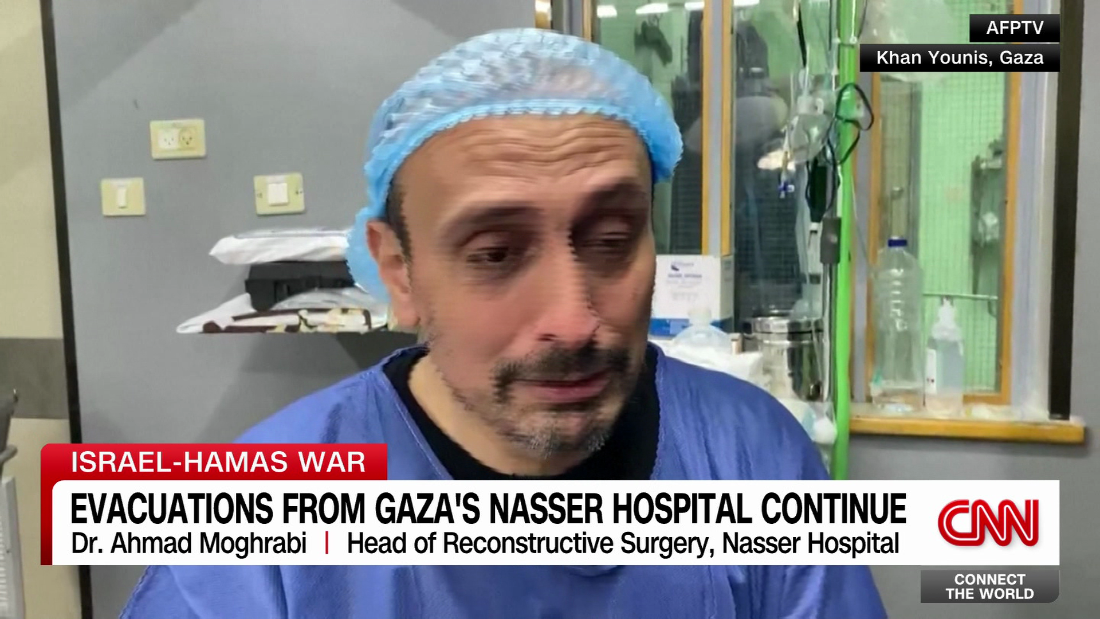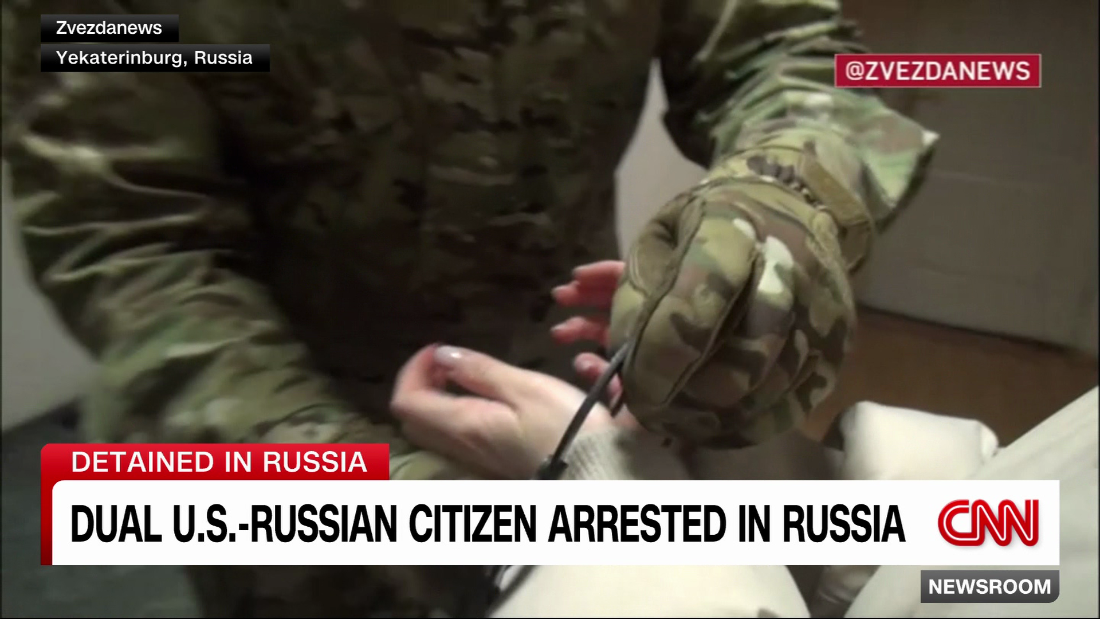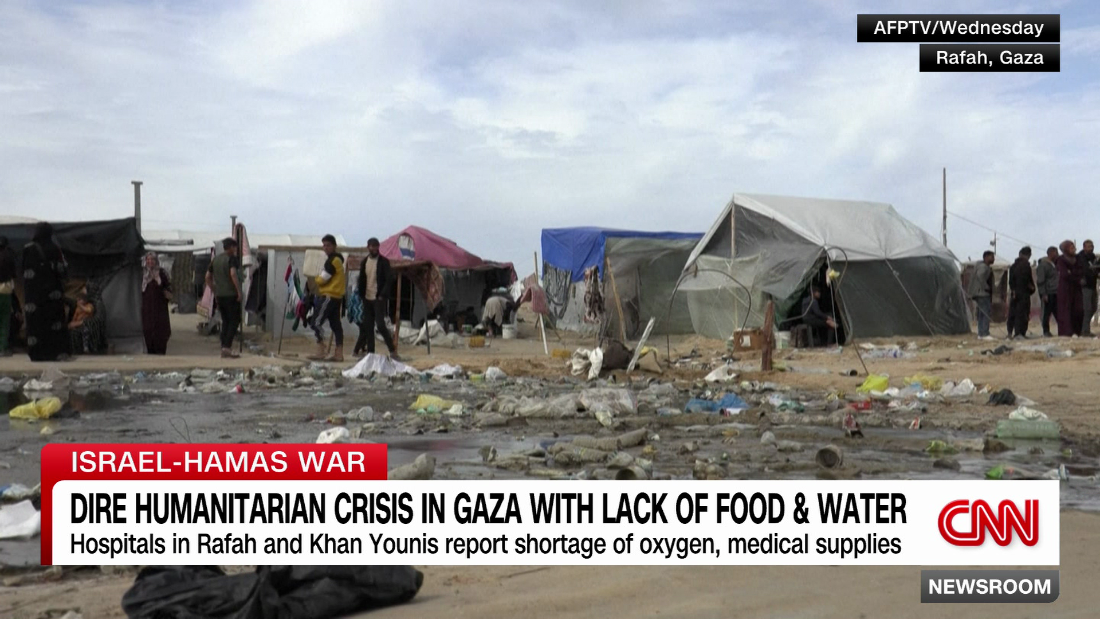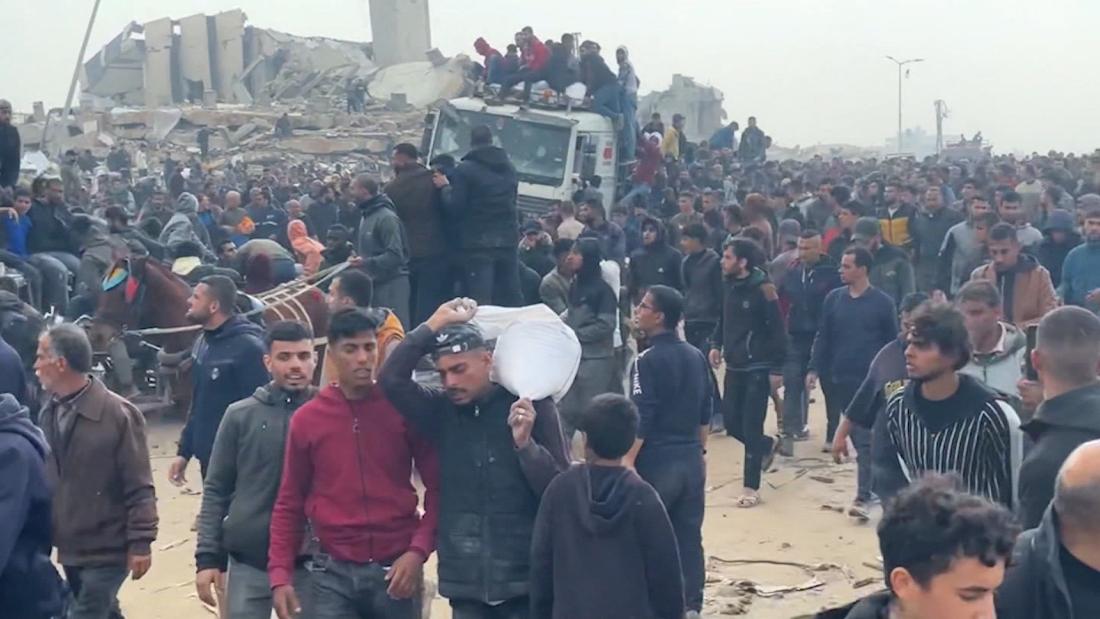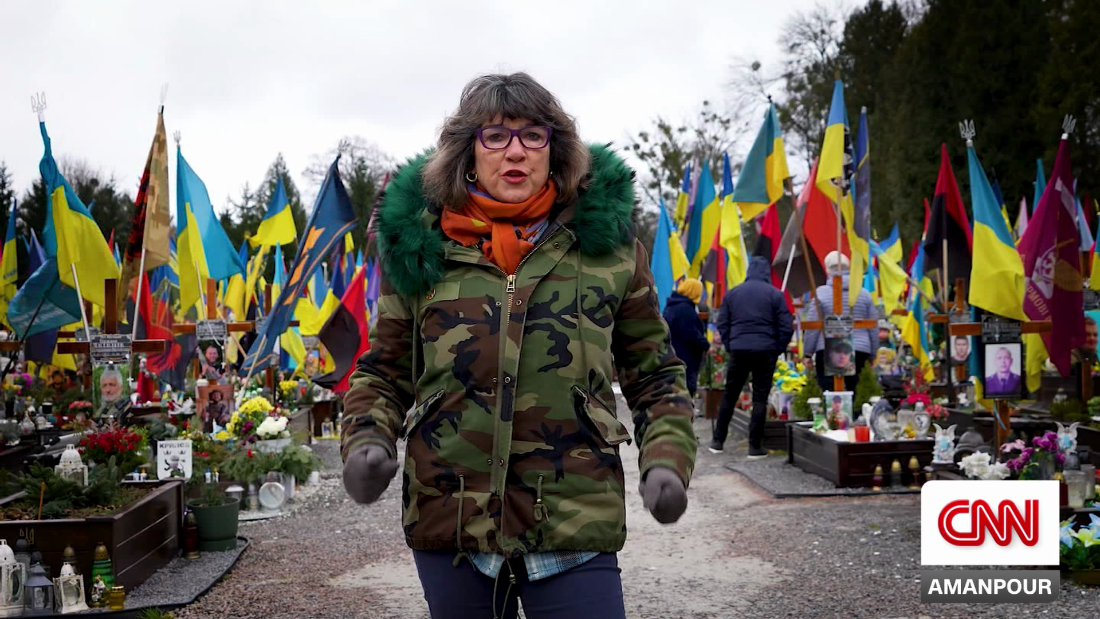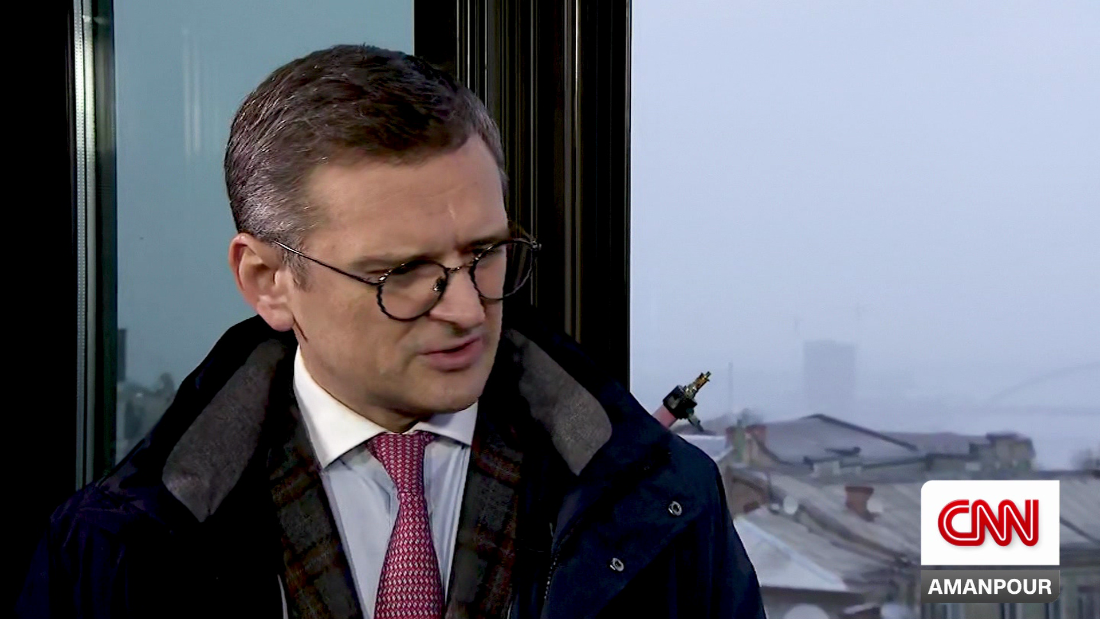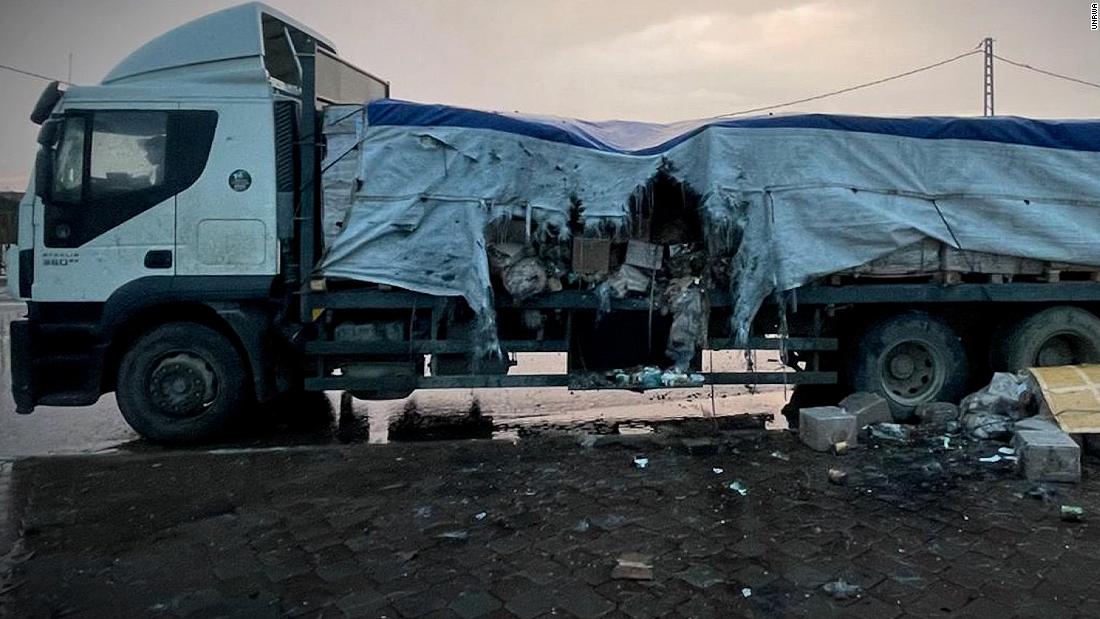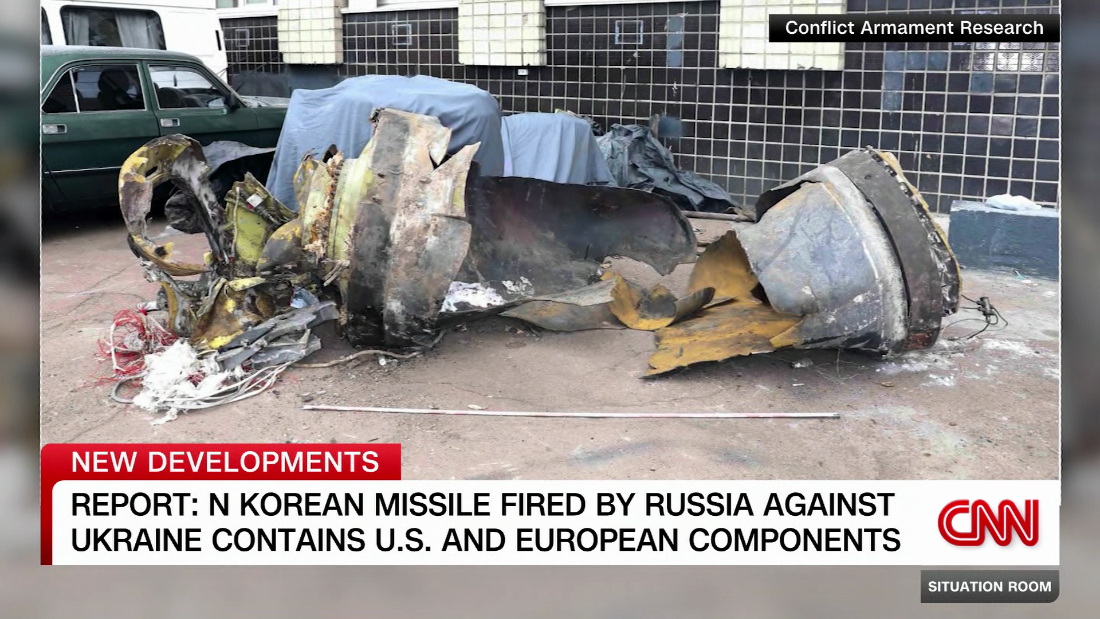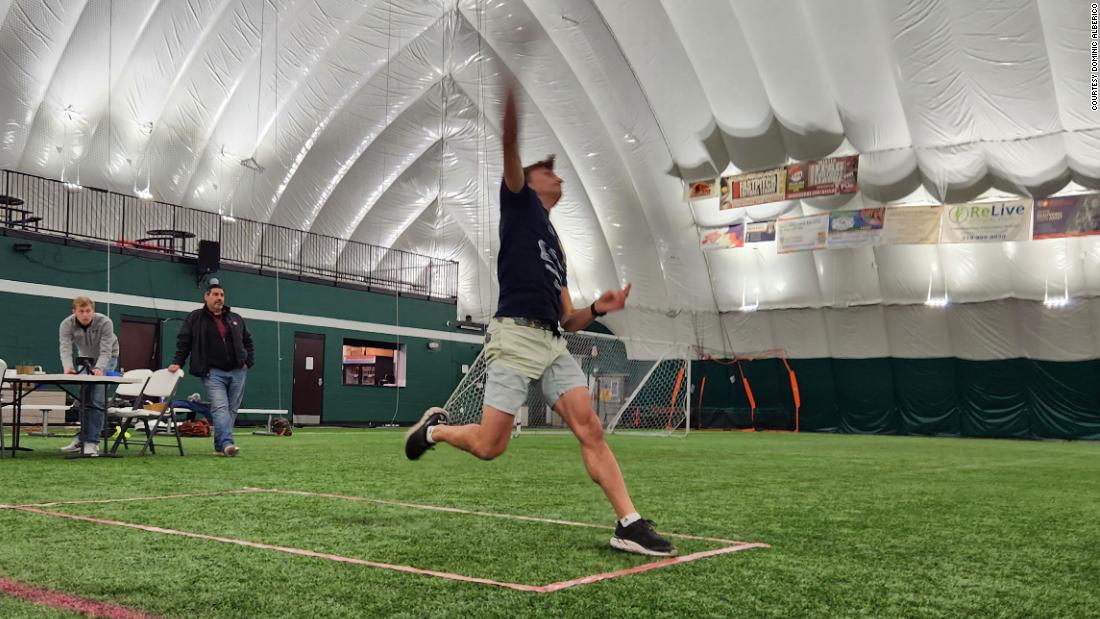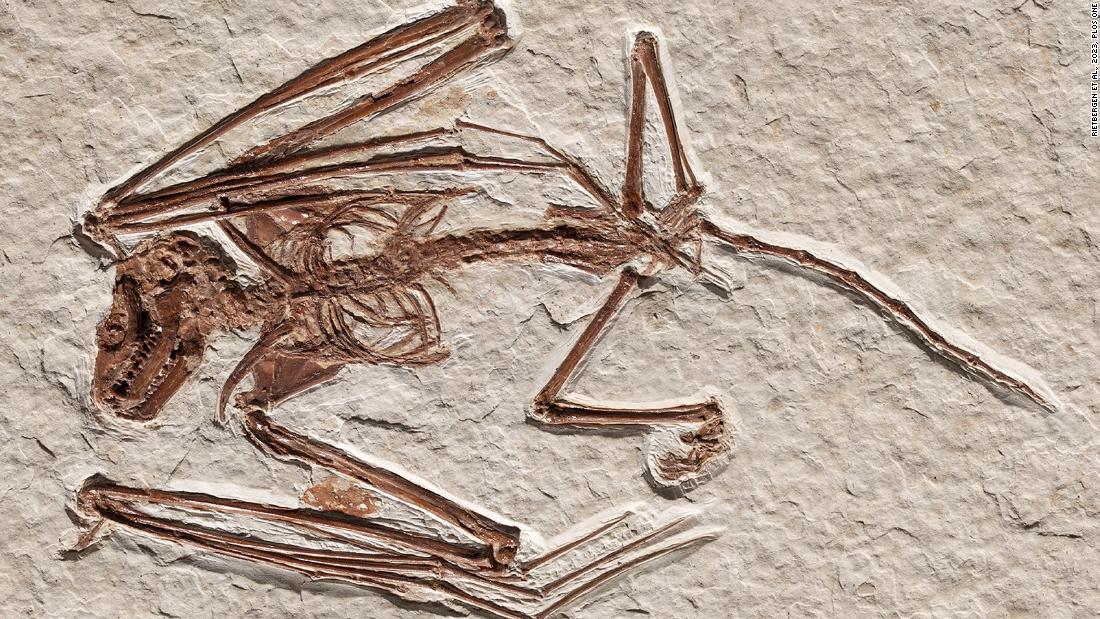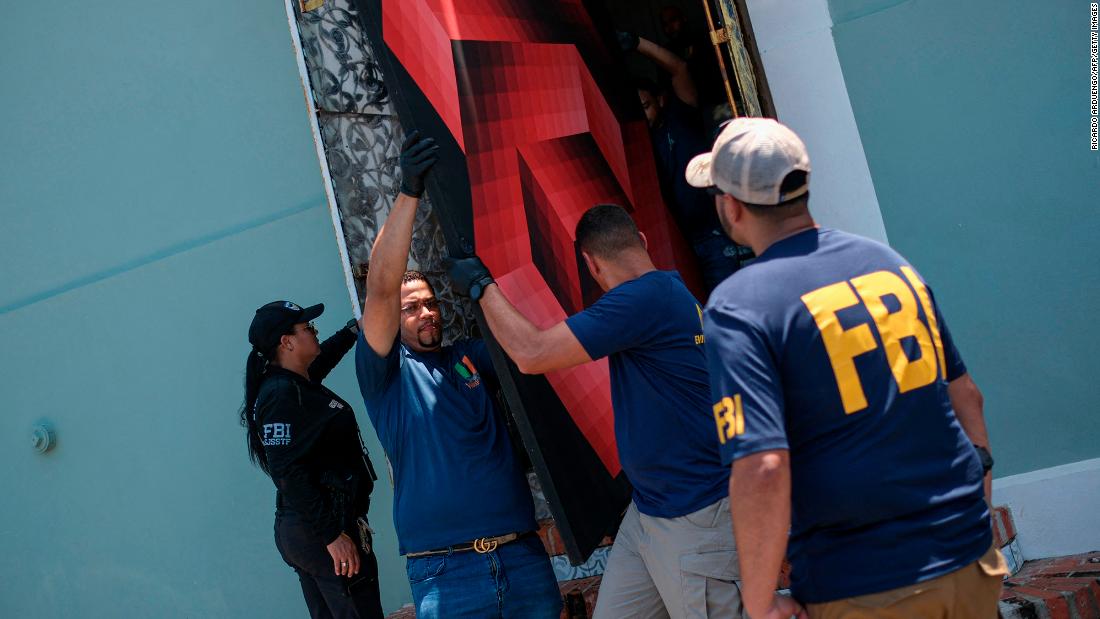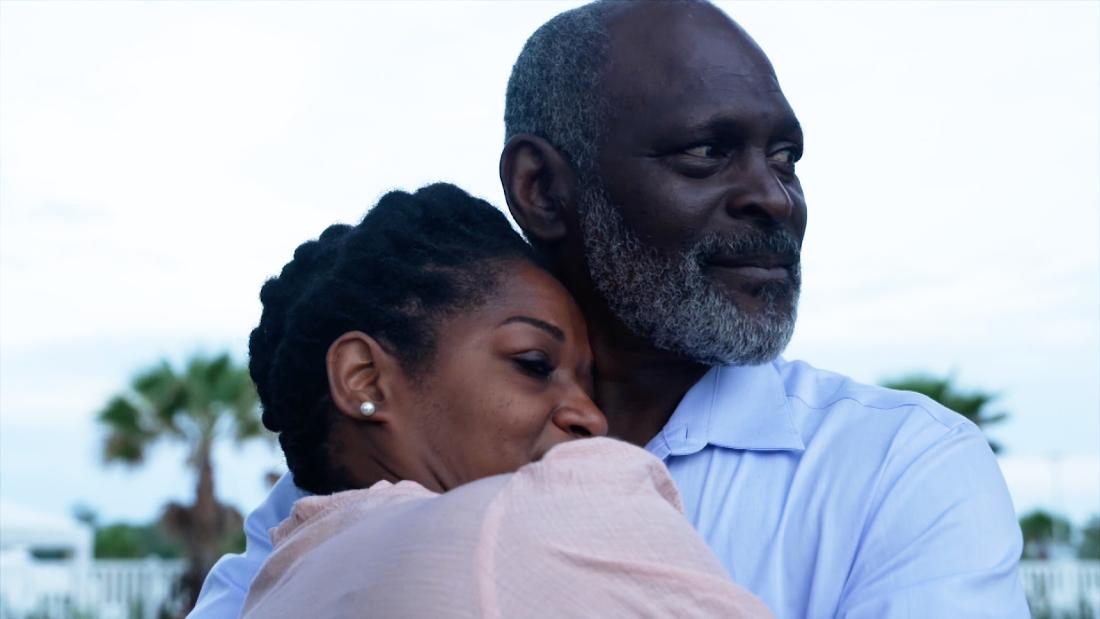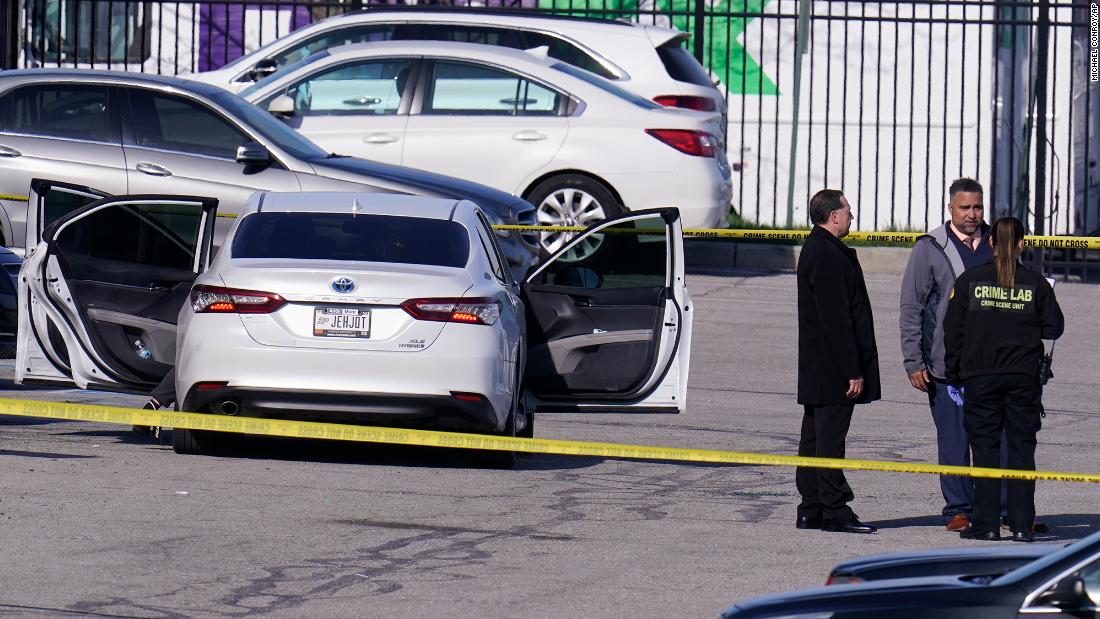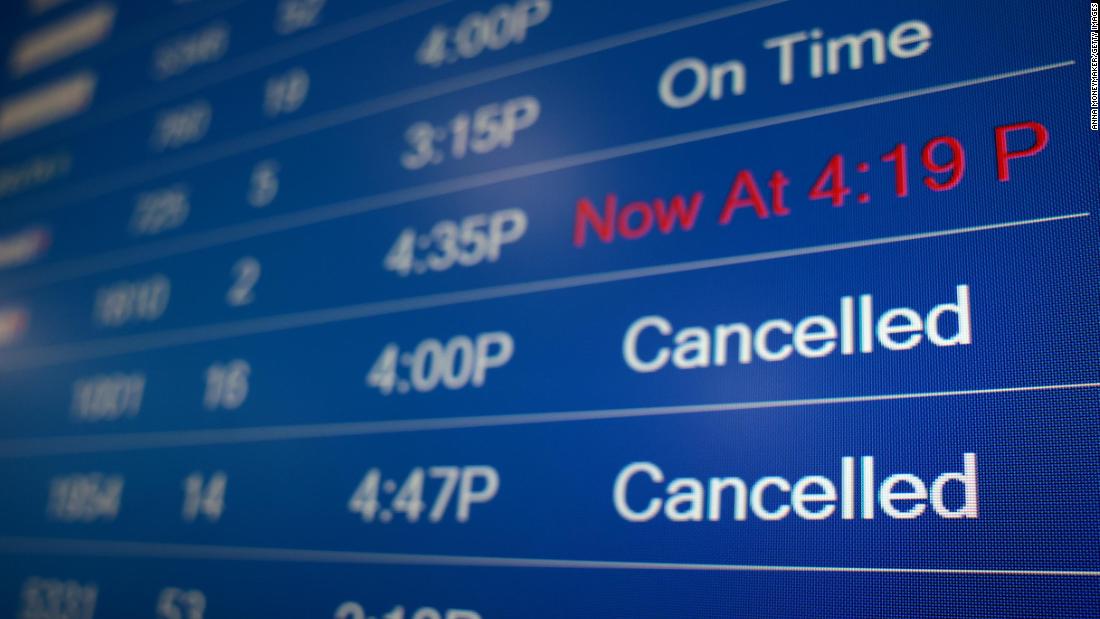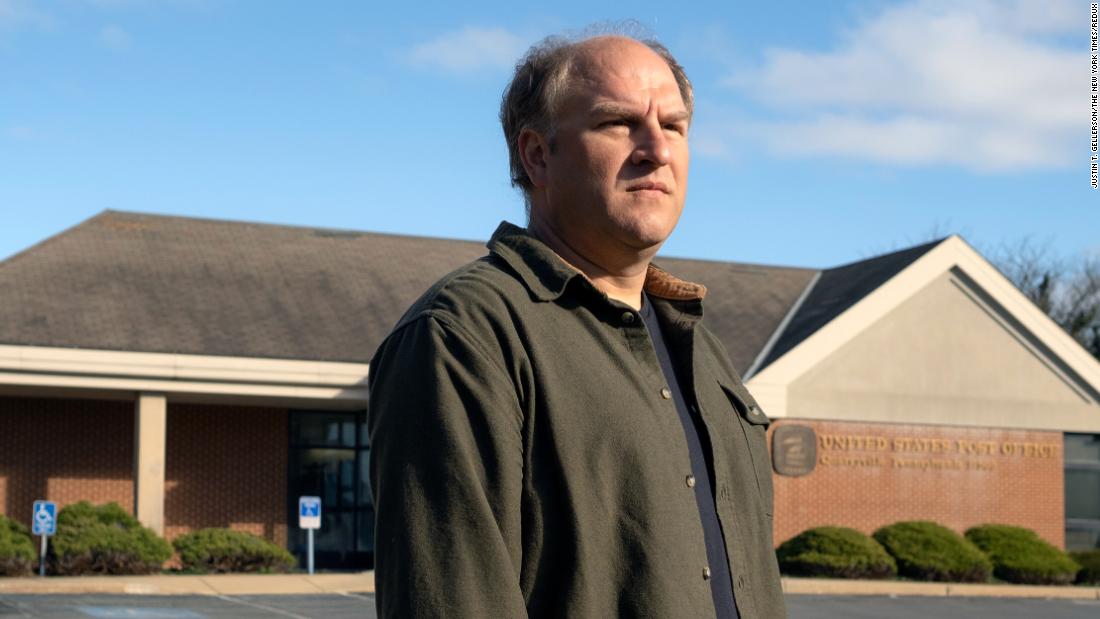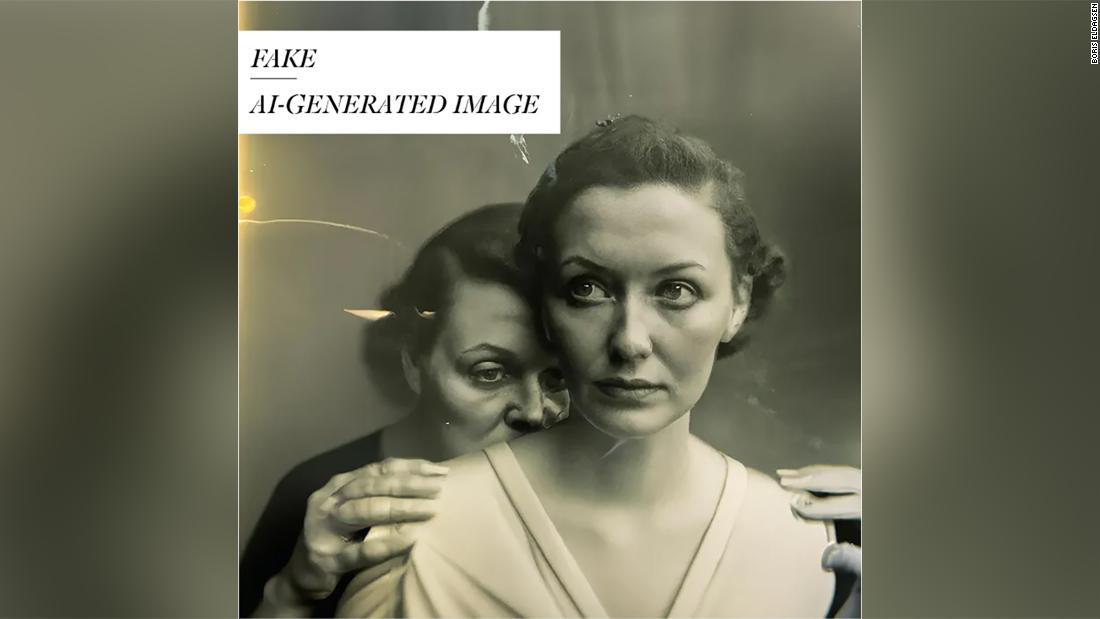NEARLY 50 years on, the Tenerife Airport disaster remains the world’s worst-ever jet crash after 583 were left dead in a fireball collision during takeoff.
On March 27 1977, KLM flight 4805 carrying 248 passengers was preparing to lift off from Los Rodeos Airport while Pan Am Flight 1736 with 396 on board was taxiing along the same runway.
YouTubePassengers were forced to leap from two-storey building heights to escape[/caption]
YouTubeMany people were left with broken bones and head wounds from jumping off the plane[/caption]
HistoryNet ArchivesPicture of the two aircraft just moments before the crash[/caption]
Getty – ContributorOne of the survivors of the air disaster[/caption]
Due to bad weather, the pilots of the two Boeing 747s could not see anything on the tarmac – and were forced to rely solely on air traffic for guidance.
Unable to differentiate the taxiways in the low visibility, the Pan Am flight- which was assigned a different turnoff – missed the exit and continued moving towards the KLM.
The error was only spotted when the KLM flight was just 2,000ft away from the Pam Am plane on the tarmac – but it was already too late.
Despite both aircraft attempting to avoid each other, with the Pan Am plane veering sharply onto the grass and the KLM Boeing 747 pulling up, they were unable to avoid the collision.
Seconds before crashing, Pan Am pilot Victor Grubbs was recorded saying: “There he is, Look at him! Goddamn, that son of a b***h is coming!”
I then looked up for the fire control handles and that’s when I noticed the top of the aeroplane was gone.
Robert BraggPan Am co-captain
The KLM aircraft’s undercarriage and engines hit the top of the Pan Am plane at speed, resulting in a fatal crash.
Pan Am co-captain Robert Bragg, who died in 2017, told BBC’s Witness in 2016: “When he hit us, it was a very soft boom.
“I then looked up for the fire control handles and that’s when I noticed the top of the aeroplane was gone.”
The catastrophic collision killed 583 people who were onboard both airliners, making it the worst aeroplane crash at the time.
Almost five decades later, the Tenerife Airport crash is still the deadliest in aviation history.
Pilot Robert was one of just 61 passengers on the Pan AM flight who managed to survive the fatal plane crash.
None of the KLM passengers or crew survived the catastrophic collision.
He explained: “I jumped to the ground, 40 feet from the cockpit and thanked the lord I landed on the grass.
“One poor lady jumped first and everyone else jumped on her, broke her back and both legs and both arms.”
After five minutes, the fuel tank blew up, sending flames “250 feet in the air,” as the aircraft fell apart.
Passengers Warren Hopkins and his wife Caroline were on the Pan Am flight, and told their story to Jon Ziomek for his new book Collision on Tenerife: The How and Why of the World’s Worst Aviation Disaster.
Despite bleeding from his head, Warren jumped from the plane, severing two tendons in his foot, while Caroline also jumped and broke the bones in her shoulder.
Another passenger, Joani Feathers, revealed how she saw a Pan Am crew member decapitated by the explosion while trying to escape.
What makes the disaster particularly unforgettable is the chain of coincidences coupled with significant human errors that resulted in the horror event.
Tragic coincidences
Ironically, neither of the Boeing aircraft was supposed to be in Tenerife, let alone be present on the same runaway.
On a Sunday morning, a terrorist bomb exploded in Grand Canary’s Las Palmas airport terminal, causing injuries and panic.
A telephone threat to the airport referred to a second bomb, forcing the airport to shut down.
And some dozen incoming aircraft, including the Pan Am and KLM 747s, were sent to nearby Tenerife to wait until Las Palmas officials were given a green signal to reopen.
With a large number of aircraft landing, the entrance to the main runway was blocked, which meant that planes were forced to taxi on the runway itself, before making a 180-degree turn to take off.
It was also a foggy day, meaning a much lower visibility for pilots.
However, what was also factored in the final incident report were the key phrases used by pilots and air traffic control which caused confusion and misunderstanding.
The incident report filed in 1977 explained that there was a breakdown in communication due to the ambiguous use of the words “okay” and “take off”, as well as the different accents and languages involved.
The report gives an example of the problem this caused during the incident: “The controller then said, “Okay (pause) stand by for takeoff, I will call you.”
GettyPeople inspecting the catastrophe in Tenerife[/caption]
AFP – GettyThe burnt-out wreckage of Pan Am 1736 litters the Los Rodeos runway[/caption]
AFP – GettyA memorial to the victims of the disaster[/caption]
“On the KLM CVR, the portion of this transmission following the word ‘okay’ is overlayed by a high-pitched squeal, and the tone of the controller’s voice is somewhat distorted, though understandable.”
The report said: “We believe that nothing after the word ‘okay’ passed the filters of the Dutch crew, thus they believed the controller’s transmission approved their announced action in taking off.”
Pilots are now required to learn “radiotelephony”, also known as Aviation English, which features roughly 300 words and instructions on when and how to use them.
Another issue that was highlighted was the authority in the cabin.
The co-pilot on the KLM flight was relatively junior and didn’t have the authority to challenge the captain’s decisions.
So when he highlighted a possible miscommunication, he was ignored by the captain.
Since then, the co-pilots, and even the crew, have been given greater power to challenge the captain’s decisions.
The accident, the worst of its kind in history, now forms an essential part of a pilot’s training.
Other vital changes were also introduced such as a traffic light system for planes taxiing down the runway while Tenerife opened a new airport with ground radar.
The disaster also brought about studies into trauma suffered by the survivors of aviation accidents.
Dr. John Duffy, a former U.S. assistant surgeon general who’d gotten interested in the psychological effects of surviving jet crashes, held a conference in 1978.
A recreation of the crash shows the KLM flight smashing into the Pan Am jet sparking an inferno
GettyThe crash sparked major changes in the aviation industry to ensure a similar crash couldn’t happen again[/caption]
AFP – GettyAn Aerial shot taken a day after the crash shows the complete devastation left by the collision[/caption] Published: [#item_custom_pubDate]

















